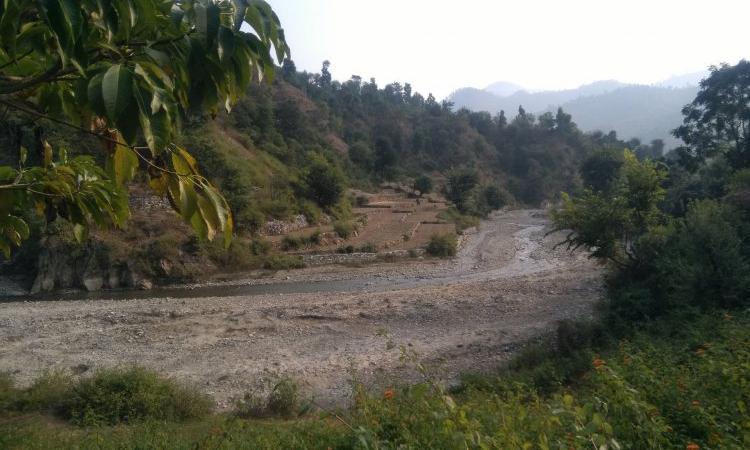
A little over a third of the world's 246 long rivers remain free-flowing, as per a study by a team of 34 international researchers, including those from McGill University in Canada and World Wildlife Fund India. The study, which assessed the connectivity status of 12 million kilometres of rivers worldwide, found that there are about 2.8 million dams along this stretch. These dams and reservoirs are drastically reducing the diverse benefits offered by healthy rivers. Only 21 of the world's 91 rivers longer than 1,000 kilometres that originally flowed to the ocean still continue to do so. This indicates the extent to which estuarine and marine environments are being deprived of nutrients and sediments coming from the land.
New method to comprehensively evaluate river connectivity
Free-flowing rivers support diverse, complex and dynamic ecosystems globally, providing important societal and economic services. Infrastructure development threatens the ecosystem processes, biodiversity and services that these rivers support. The study which provides the first-ever global assessment of the location and extent of the planet's remaining free-flowing rivers suggests that most of the remaining free-flowing rivers are restricted to remote regions of the Arctic, the Amazon Basin and the Congo Basin. In densely populated areas, only a few very long rivers remain free-flowing, such as the Irrawaddy and Salween.
A total of 409,245 km of rivers was analysed in India. Out of this, the length of short rivers (10-100 km) is 2,69,375 km, medium length (100-500 km) is 95,638 km, long rivers (500-1000 km) is 22,437 km while under the very long category (>1000 km) the total length of rivers is 21,795 km. Among the identified free-flowing rivers in India, a majority (96 percent) falls in the ‘short rivers’ category (10-100 km). Indian rivers are exposed to sustained pressure from fragmentation and loss of river connectivity, constraining their capacity to flow unimpeded, affecting many fundamental processes and functions characteristic of healthy rivers and leading to the rapid decline of biodiversity and essential ecosystem services.
Rivers, the lifeblood of our planet form an intricate network with vital links to land, groundwater and atmosphere. Free-flowing rivers provide diverse benefits that are often overlooked and undervalued even when these are important for humans and the environment alike. Healthy rivers support freshwater fish stocks that improve food security for hundreds of millions of people, deliver sediment that keeps deltas above rising seas. They also mitigate the impact of extreme floods and droughts, prevent loss of infrastructure and fields to erosion and support a wealth of biodiversity.
Disrupting rivers connectivity often diminishes or even eliminates these critical ecosystem services. Protecting remaining free-flowing rivers is also crucial to saving biodiversity in freshwater systems.
“Dams and reservoirs and their up- and downstream propagation of fragmentation and flow regulation are the leading contributors to the loss of river connectivity,” says the report by lead author Gunther Grill of McGill's Department of Geography. The study estimates there are around 60,000 large dams worldwide, and more than 3,700 hydropower dams are currently planned or are under construction. They are often planned and built at the individual project level, making it difficult to assess their real impact across an entire basin or region.
Using satellite imagery and other data, the study examines the extent of these rivers in more detail than ever before. This first-ever map of the world’s remaining free-flowing rivers will help decision makers prioritise and protect the full value rivers give to people and nature.
The study points to six pressure indicators of human impact that breaks the natural flow connectivity of rivers. These are river fragmentation, flow regulation, sediment trapping, water consumption and two measures of floodplain infrastructure development, namely road density and urbanisation.
Climate change to exacerbate the problem
The study fears that climate change would threaten the health of rivers further. While rising temperatures are already impacting flow patterns and water volumes, the increased focus on low-carbon economies will prompt countries to increase their hydropower portfolio. These dams are often planned and built at the individual project level, without a cumulative assessment at the entire basin or region level making it difficult to assess their real impact.
“This will add urgency to the need to develop energy systems that minimise overall environmental and social impact. While hydropower inevitably has a role to play in the renewable energy landscape, well-planned wind and solar energy can be more viable options for rivers and the communities, cities, and biodiversity that rely on them,” the study says.
The study can be accessed here
/articles/only-37-percent-worlds-long-rivers-free-flowing